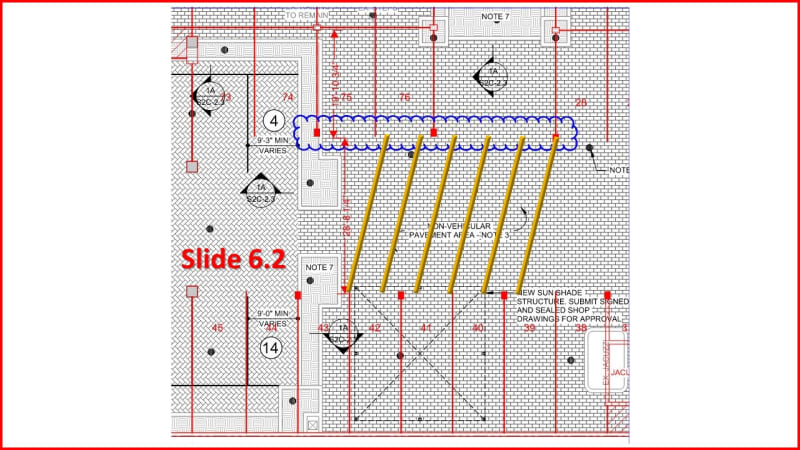All About Money said:
When Demented was looking thru all the maintenance and repairs, one was the tear out of the pool gutter system and installing a new gutter system which appeared to be higher in elevation than the original one. I think when the raised the perimeter of the pool and hot tub, they added probably more sand to raise the patio tiles to match the elevation of the pool and tapered the deck from new pool curb height into the rest of the patio deck. I know in some pictures I have seen, way back in this long thread, it looked clearly like the area around the pool and hot tub was higher elevation, and tapered back into the rest of the paver level on patio deck side of the pool.
I don't think what you are seeing is structural deformations below.
Perhaps Demented has the info handy to confirm my memory?
Correct. That section of slab was original height. Barely any sand was used there to match the pavers. The surrounding areas were raised. Around the exterior of the main building, it was the same. A slow taper that allowed water to collect and pool at the border of the building/deck.
Don't have it handy, but I can dig through the stuff later. However, I did find a series of failed inspections on the rebar placement at that location but it was subsequently approved based on yet another letter from a PE. Same PE and construction firms involved in the other work. Still trying to get as-builts, but those don't exist per the town. I've kinda given up as I've exhausted everything I can dig through being a nobody.
Between the walls falling over in hurricanes, rebar added to an existing design, rebar removed from an existing design, additional sand/paver weight, delaminated slab, epoxy repairs and mortar patching, and pile driving next to that location, I think it's a good location to investigate.
After reading through everything I have, to me it looks like the pool deck restoration work was never finished during a dispute and the pool resurfacing work continued as planned. A 3rd contractor had to come out to fix loose tiles left all over after the hot tub work before the final approval was given by the inspector. Hurricane damage repair work at it's finest.
Planters used to be here too
IEGeezer said:
That would be about 45 inches tall. Where did you get that the big planters were 4 ft by 8 ft. In this picture, they look roughly square as they do in the Morabito Consultants drawing I referenced.
4x8 is just the ref name of them I have seen called out on original drawings and contractor plans. There is a slight chance 1 planter, though I am not sure which one, was built by placing CMU bricks along the perimeter of the existing and the original was demod internally and used as fill. This was around the same time they were modified to 45" tall, which was to replace tapered cracked cast concrete caps.
Also waterproofing was there. Just poorly done and trapped water instead. I'd have to dig up the spec sheets again but we've got the weights there.
I don't think geofoam was used either. I've found 0 mention of it in any of the repairs/rebuilds. Rootballs of old palms and seagrapes were likely left in.
The additional sand and raised/clogged drains on the deck was also a massive area for water to pool up beneath the pavers.
This building took quite some damage from a few hurricanes it seems. Has anyone run a simulation on hurricane windloads of this building?
Lets all do the twist!
Disclaimer:
This is NOT a photo of champlain towers south. I'm still told photos of the work there no longer exist. This is partially the same crew that did the work on CTS's balcony, deck, and beam repair. Concrete lab tests were also not done it seems and most concrete was mixed/pumped on site with bagged cement. Processes and work habits typically don't change job to job, especially when the PE and contractor have a relationship.
Concrete experts, does this look right at all? Looks a wee bit wet to me.

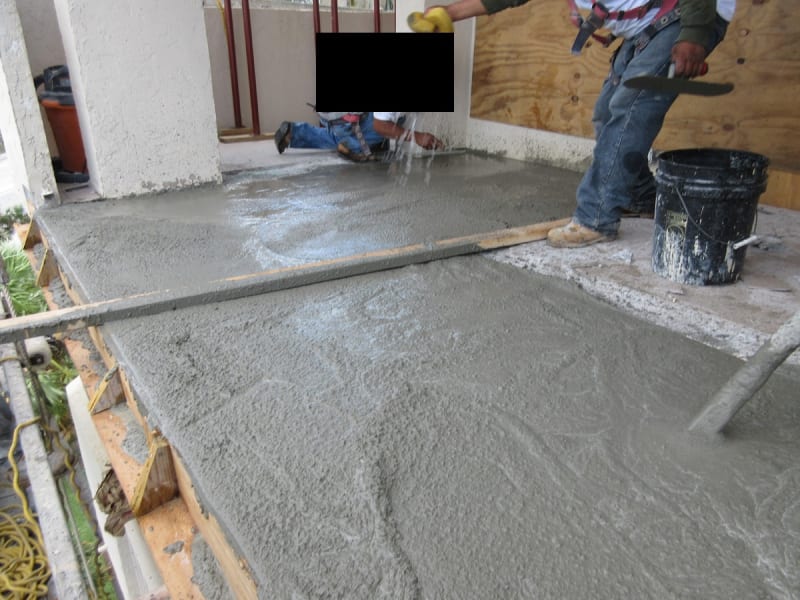
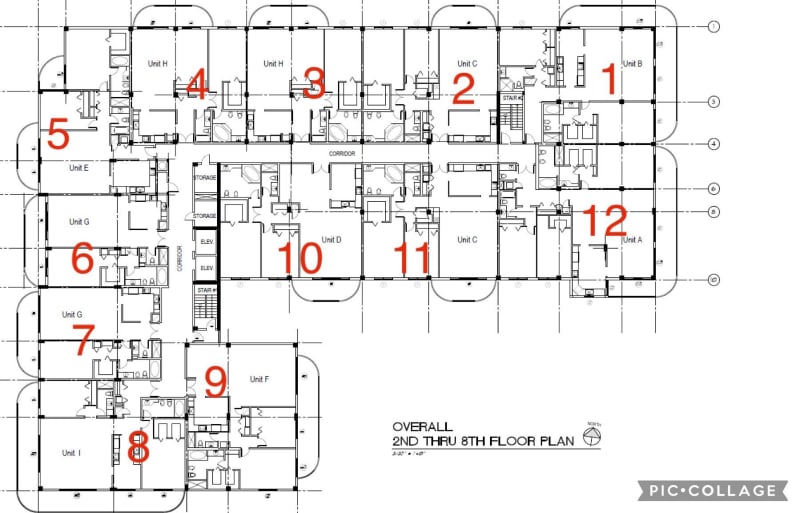
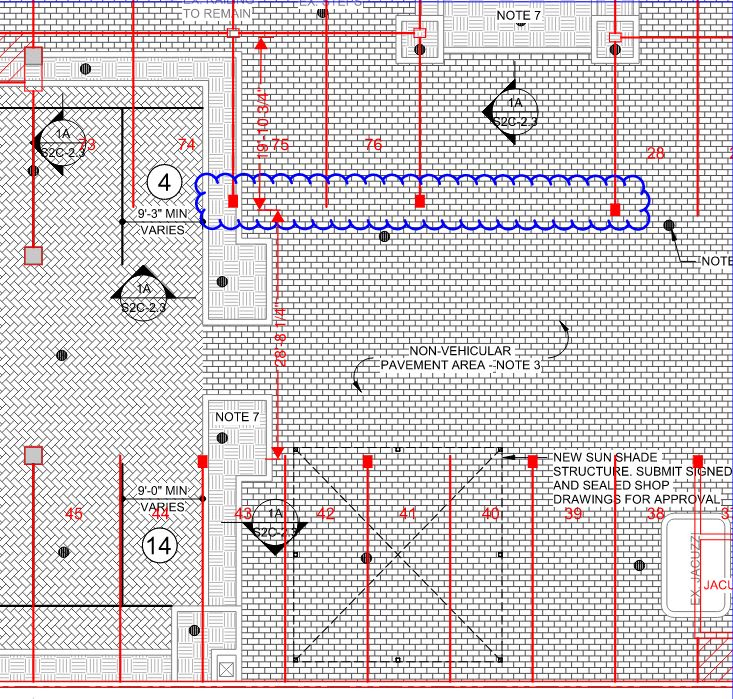
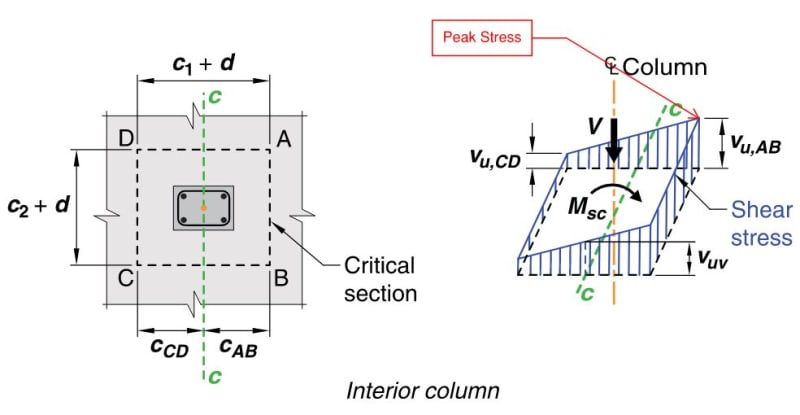

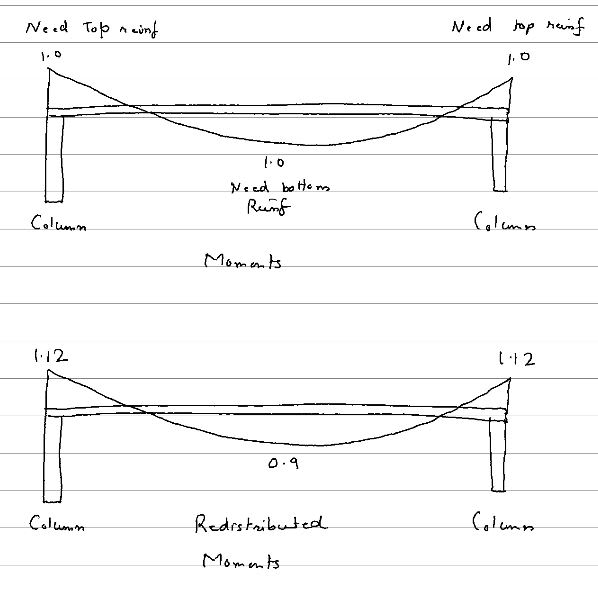
![[thumbsup2] [thumbsup2] [thumbsup2]](/data/assets/smilies/thumbsup2.gif)

